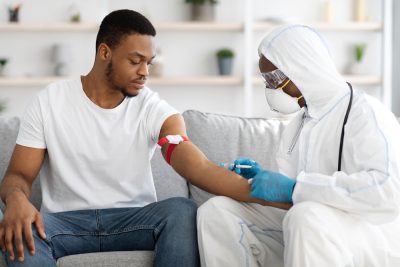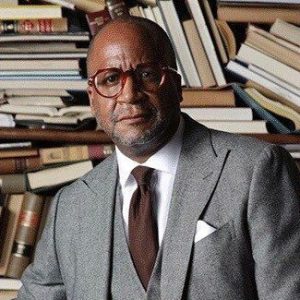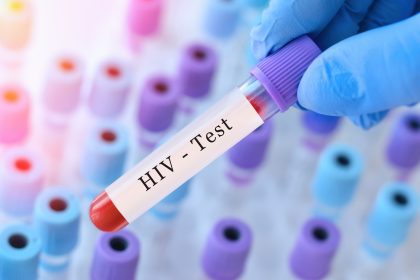
Dr. Jeffrey Hines is the lead gynecologic oncologist with WellStar Health System in Atlanta as well as the medical director for diversity, inclusion and health equity. We spoke with Hines on our HealthIQ broadcast along with Dr. Chirag Patel, the assistant vice president for population health and clinical integration at WellStar. Both broke down some of the most important things we need to understand about the COVID-19 pandemic.
How did the idea and study for your paper examining COVID-19 and communities at risk of contracting the virus evolve?
Hines: This paper basically started by looking at what was happening in other parts of the country within communities of color that are underserved and in trying to prepare the metropolitan Atlanta area for what was coming. That’s really is what the impetus was for starting this paper. WellStar coming behind us to really move this idea forward and to deploy it out to the community is what we wanted to do.
Please describe what you mean by “at-risk populations” for those who don’t know?
Hines: I think we’re finding with the pandemic, there are two at-risk populations. The initially defined at-risk population was the group of people who were over age 65, who had medical problems like high blood pressure, diabetes and chronic lung disease. More importantly, what this pandemic has shown is that some [people with] pre-existing conditions … were disproportionately affected by this pandemic in terms of them contracting the disease and them dying of disease. So, we’re seeing two groups of people that are actually at risk than was initially defined. And then those folks that live in communities that have been chronically under-resourced have also been hit hardest and disproportionately by the COVID pandemic.
How does trust play a role with at-risk individuals and those seeking medical and health care?
Patel: It’s paramount. Without trust and transparency, we cannot deliver health care to all. Trust is important because it’s trust that causes people to come seek health care. We need to do multiple things. We need to create trust. We need to create the appropriate access, and then we also need to have bi-directional, transparent, common language to improve the content of the trust and dialogue.
If you do those things, then you start to move on that journey where that distance between the two starts to dissipate. But it’s a process. It takes years to develop trust. Trust is based on equity, and it’s also based on you being there for me in good times and in bad times. Historically, as Dr. Hines alluded to, we haven’t done that in health care for these at-risk and vulnerable communities, and it’s now time to start to lessen that divide by doing these things that build trust.

















